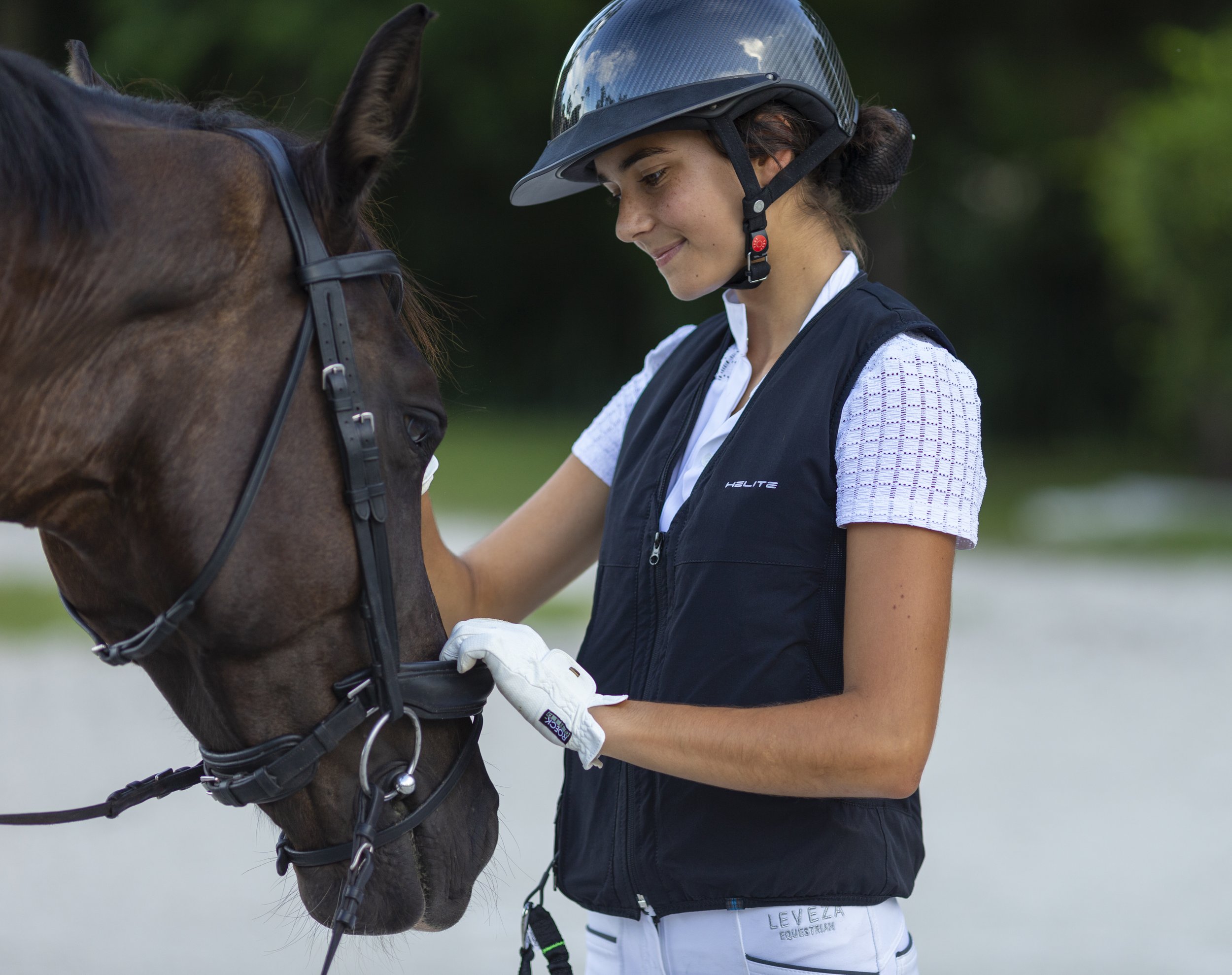Wounds can be tricky. What may appear as a tiny scrape or unoffensive knick, but may actually be a serious puncture wound that requires a vet to ensure that there are no complications. It is important to be familiar with the steps to take and when to call the vet if you find a wound on your horse.
Steps To Take If You Find a Wound on Your Horse
Step 1 – Don’t Panic
When you find the wound, it is important that you don’t panic. Be sure to breathe, exhale, and remain calm. Make note of the location of the wound and hold off on inspecting the depth or extent of the injury. Wait for the veterinarian to arrive.
If the horse is actively bleeding, apply pressure by using a clean towel. If it is a limb wound, apply a clean, snug, and padded bandage. Clean the area very gently. This will help you gain a better sense of what is going on. If you are too aggressive, you can do more harm than good.
Step 2 – How To Clean The Wound: Equine First Aid
It is recommended that you use a mild antiseptic to clean the wound, such as povidone-iodine or betadine scrub. Gently rinse with a hose or clean water from a bucket. Be careful not to drive debris deeper into the wound by being overly aggressive with your cleaning. You can also gently dab the area with gauze to remove obvious debris.
Clean, cool water works effectively to remove blood and debris. Once the area has been flushed with water, you can apply a hypertonic 20% saline dressing. You can make this yourself by adding 1/2 cup of salt to 1 quart of water.
Step 3 – Call The Vet
Now that you’ve assessed the wound and done some basic cleaning, it is time to call the vet. It is especially important that if the wound is on the part of the horse that bends (i.e. a joint), you should call the vet. Regardless of the wound type, give your vet as much information as possible so they can create an appropriate treatment plan.
Step 4 – The Vet Has Arrived
When the vet arrives, they might decide to clip the hair around the wound to access the injury, mostly in the case of deeper wounds like joints, bones, tendons, or ligaments.
Sometimes a radiograph may be in order if the veterinarian thinks the horse may have a concurrent bone injury. The vet may also use an ultrasound to check the tendon or ligament injury.
Step 5 – Clean and Support
To reduce bacterial contamination, it is important to flush the wound with larger volumes of sterile fluids. Then you might need to suture the wound edges, starting with tissues beneath the skin if necessary. However, if the wound is very contaminated, your veterinarian might postpone this step for a few days until the wound is healthy enough to hold sutures.
Some vets may place drains within the wound to prevent pockets of fluid from developing beneath the closure. Additional sources say that some leg wounds may require extra layers of support. Particularly in areas where the joint flexes every time the horse moves. In this case, a splint may help minimize the amount of movement over the wound and can help keep the horse comfortable.
Step 6 – Treating Trauma
Your vet may prescribe medications like antibiotics and non-steroidal anti-inflammatory drugs (NSAIDs) depending on the severity of the injury. However, it is important to not use a lot of NSAIDs because it may interfere with the healing process. Opt for a low-dose non-steroidal and aim to treat everything topically.
This Article Is Sponsored by Helite US
Ride fearlessly with optimal protection when you wear a Helite Zip’In or Helite Air Jacket airbag vest.
Don’t risk serious injury, wear the air vest!
https://pagead2.googlesyndication.com/pagead/js/adsbygoogle.js?client=ca-pub-3762802995754264
(adsbygoogle = window.adsbygoogle || []).push({});
https://pagead2.googlesyndication.com/pagead/js/adsbygoogle.js?client=ca-pub-3762802995754264
(adsbygoogle = window.adsbygoogle || []).push({});
https://pagead2.googlesyndication.com/pagead/js/adsbygoogle.js?client=ca-pub-3762802995754264
(adsbygoogle = window.adsbygoogle || []).push({});


